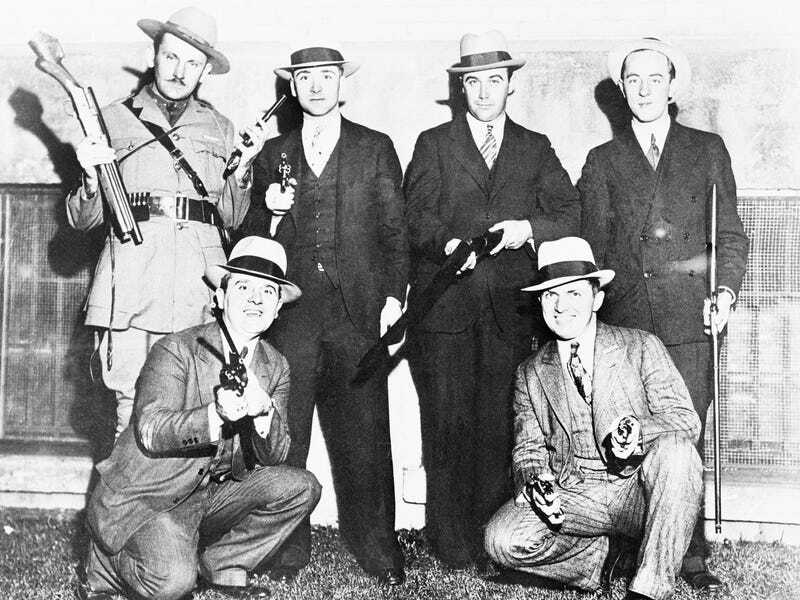zoomacademia.com – In the gritty underbelly of New York City, the mobster’s tale is one of ambition, power, and inevitable decline. The 20th century saw figures like John Gotti, the “Teflon Don,” rise through cunning and ruthlessness. Born in the Bronx in 1940, Gotti climbed the Gambino crime family’s ranks, orchestrating high-profile crimes like the 1985 murder of boss Paul Castellano. His charisma, flashy style, and media savvy made him a folk hero to some, evading convictions through jury tampering and witness intimidation. By the late 1980s, Gotti’s empire thrived on extortion, loan-sharking, and drug trafficking, amassing millions while dodging law enforcement.
Yet, the mobster’s reign was fragile. The FBI’s relentless pursuit, fueled by RICO laws, chipped away at organized crime. Gotti’s downfall came through betrayal; his underboss, Sammy “The Bull” Gravano, turned informant in 1991, providing damning testimony. Wiretaps and surveillance exposed Gotti’s operations, leading to his 1992 conviction for murder and racketeering. Sentenced to life without parole, the Teflon Don’s mystique crumbled in prison, where he died in 2002.
New York’s mob era waned as law enforcement tightened its grip and societal shifts favored corporate crime over street-level syndicates. The mobster’s saga—glamorous yet grim—remains a cautionary tale of power’s fleeting nature.







